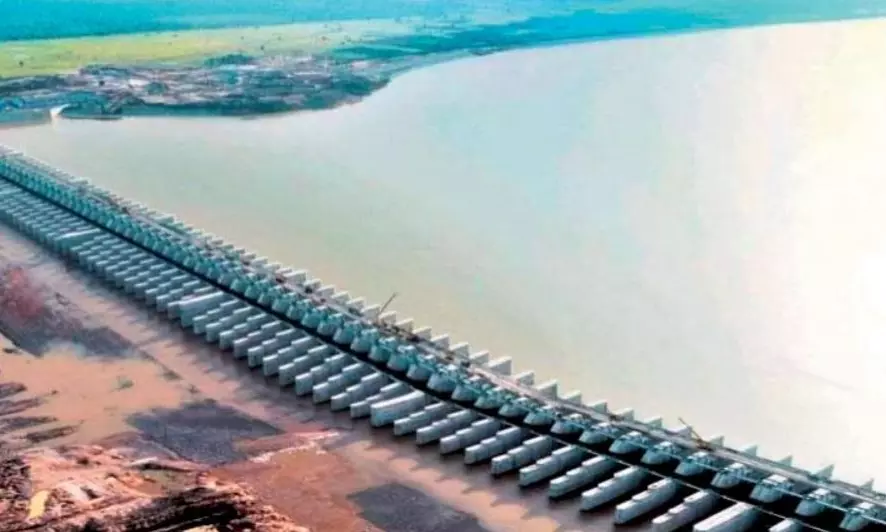Repeated pleas for repair designs fell on deaf ears, L&T tells KLIS probe commission

Hyderabad:Repeated pleas to the BRS government’s irrigation department and to take steps to protect the Medigadda barrage ever since the first signs of damage were discovered in November 2019 fell on deaf ears, the Justice Pinaki Chandra Ghose commission of inquiry was told by representatives of L&T, the company which built the barrage. Till date, no directions were provided by the irrigation department on rectification measures, they said.
During his cross-examination, M.V. Ramakrishna Raju, L&T’s project director for Medigadda during the construction stage, said the L&T PES joint venture had completed barrage construction work in June 2020. After the June 2019 inauguration of the barrage, water was impounded and the barrage was filled by August 6, 2019. After the September 19 floods in the Godavari that year, the gates were opened and water released.
Subsequently, all the gates were closed in November 2019 “after which we witnessed a lot of damage to the apron area and the washing away of flood dissipating CC blocks,” he said.
Though the National Dam Safety Authority (NDSA) mandated that barrages be emptied every year for annual inspections, this was not done at Medigadda for four years after it was first filled up in 2019.
The irrigation department’s executive engineer at the site “to save himself wrote letters one month before the flood season began that we should take up repairs but no designs or drawings were provided. He also wrote to his superiors seeking designs for repairs a month after writing to us,” Raju said.
No efforts were made by the irrigation department to attend to the defects in four years, comprising five flood seasons, the official aid. Had the initial damages been attended to, the cascading effects that resulted in the severe damage to Block 7 of the barrage in October 2023 might not have occurred.
Because the barrage was filled, the full extent of the damage could not be seen or assessed until it was emptied after the sinking of Block 7, Raju told the commission. Damage to the downstream protection structures were seen all along the length of not just Medigadda barrage but also the ones at Annaram and Sundilla, he added.
To another question, Raju said there were no sub-contractors for executing the construction work but workers were recruited through manpower supply agencies. On the issue of potential quality issues, Raju provided details of the processes and infrastructure that the company had placed for the project, adding that tests on around 90 samples taken from various locations as part of the studies related to Block 7’s damages, showed that the quality exceeded the required norms.
As per S. Suresh Kumar, L&T’s vice-president heading hydel and tunnel business, the company was still awaiting designs for repairs, and a study commissioned by L&T with IIT Roorkee — as part of trying to find out what may have gone wrong at Medigadda — found design shortfalls, particularly with reference to the ‘shooting velocities’ of water when released.
The design was meant to tolerate 6 metres per second. When water was released during the floods, the speed reached 16 metres per second.
Among the shortfalls found, which were also corroborated in model studies after October 2023, and other studies, were the need for a stilling basin, and design faults that led to the increased shooting velocities which started the damages that ultimately ended with the sinking of Block 7, he said.

